Baby Weight Chart
-
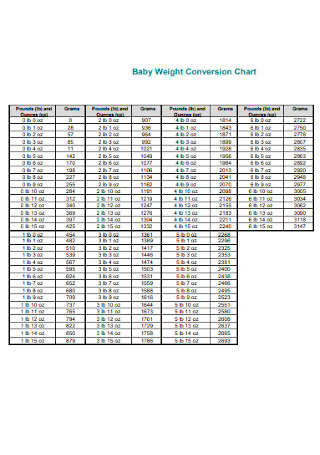
Baby Weight Conversion Chart
download now -
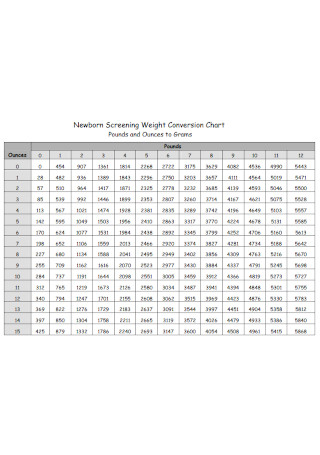
Newborn Baby Screening Weight Conversion Chart
download now -
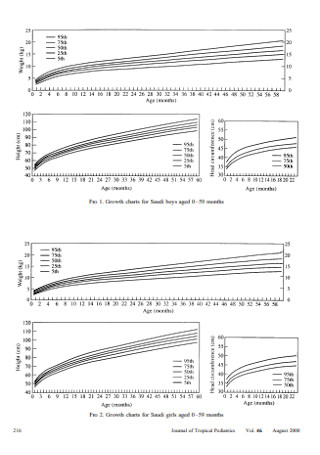
Chidren Growth Chart Template
download now -
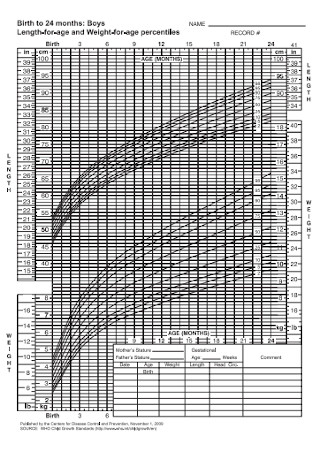
Baby Birth Weight Chart
download now -
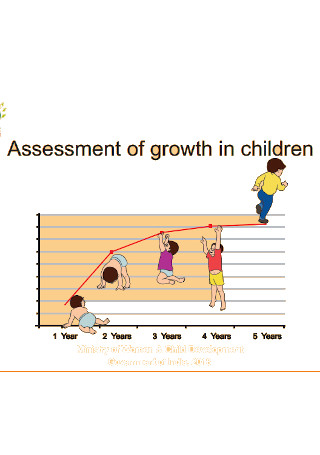
Sample Assessment of Growth Chart in Children
download now -

Baby Growth and Weight Record Chart Template
download now -

Simple Baby Weight Chart
download now -
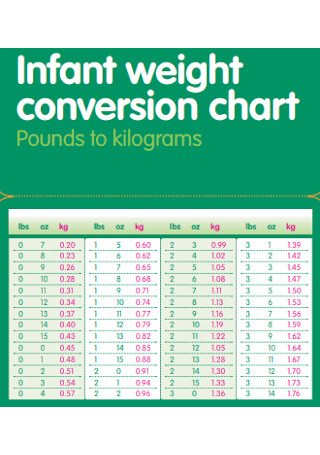
Sample Baby Weight Conversion Chart
download now -
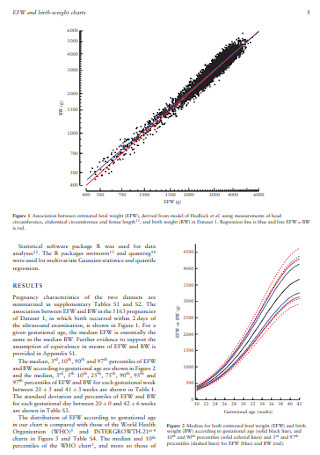
Sample Baby Birth Weight Chart
download now -

Weight and Age Chart for Childrens
download now -

Sample Baby Weight in Grams Conversion Chart
download now -
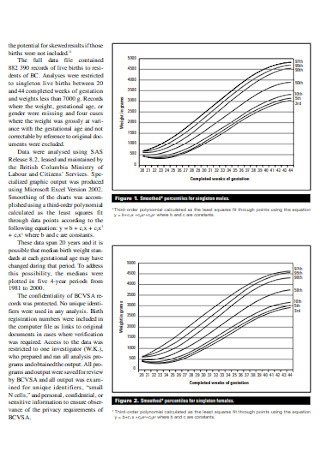
New Birth Weight and Gestational Age Charts
download now -
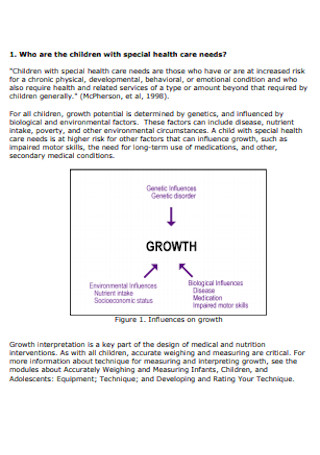
Growth Charts for Children with Special Health Care Template
download now -
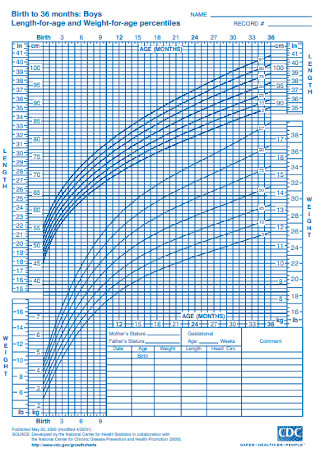
Baby Birth to 36 Months Weight Chart
download now -
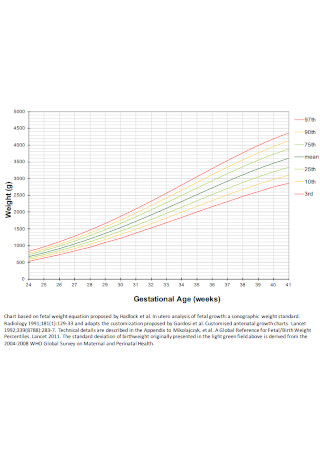
Baby Weight and Age Chart Template
download now -
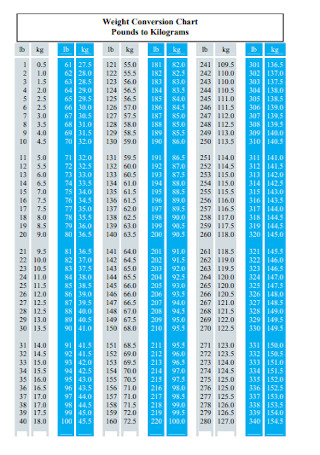
Sample Baby Weight Conversion Chart
download now -
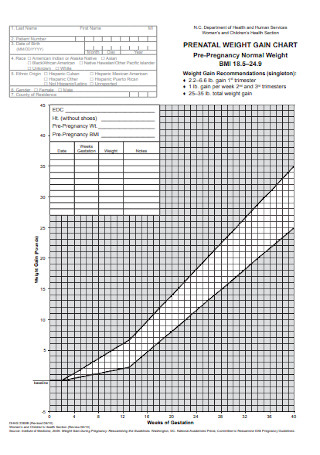
Baby Gain Weight Chart
download now
FREE Baby Weight Chart s to Download
Baby Weight Chart
What is a Baby Weight Chart?
Factors Affecting the Baby’s Weight
How to Read and Interpret a Baby Weight Chart?
FAQs
What is the average weight of a newborn baby?
How much weight should a baby gain each month?
How often should you get your baby weighed?
Which food is good for baby weight gain?
How can I increase my baby’s weight?
What is a Baby Weight Chart?
A Baby weight chart is a valuable tool that determines, compares, and assesses the baby’s weight following its age and gender. Hence, indicating its percentile. For doctors and parents like yourself, this chart allows you to record and keep track of your baby’s growth and see how it changes over time. Babies may grow at different rates, and having a baby weight chart helps you check whether your child is healthy or not based on his or her age.
Factors Affecting the Baby’s Weight
By birth, your baby’s healthy weight reaches an average of 7.5 pounds (3.5 kilograms). From the 5.5 lb (2.5 kg) to the 10 lb (4.5 kg) range, boys are recorded to be heavier than girls. At the same time, firstborn babies tend to be lighter compared to other siblings, and in general, large parents have larger babies compared to parents with a smaller body structure. However, there are instances when your baby isn’t growing fast enough as you may expect them to be.
Medical records show that babies usually lose weight a week after birth and are expected to gain weight at its fourth month and would triple during its thirteenth month for boys and on the fifteenth month for girls. While the baby grows undergoes development, some factors may affect its growth, and some of these are:
Health Concerns and Treatment for Babies with Abnormal Weight
Your baby’s weight, shape, and size varies from one another. As they grow, their weight gain and development may differ depending on the environment they are exposed to. Your child may have a slower or faster growth rate, and that’s normal. When your child reaches his or her developmental target and is not losing nor gaining any weight, there’s no need to worry for they can catch up with their ideal weight over time.
The problem starts when your child still finds it hard to develop regardless of the healthy appetite and lifestyle he or she has. So what seems to be the issue? Maybe your child is experiencing a failure to thrive (FTT), an occurrence when the child fails to develop and grow normally. If your baby loses more than 7% of their birth weight or has a harder time gaining weight during their earlier days and weeks after birth, this might be the best time to consult your pediatrician’s advice.
Some health concerns with your child’s weight include the following:
Health Concerns for Underweight Babies
When babies have trouble gaining weight, this signals that they are undergoing undernutrition or an underlying health issue. This shows that they may not be getting enough nutrients and calorie intake from the food they eat. Or are exposed to prenatal infection, birth defects, such as cystic fibrosis, and other medical conditions, which are a significant factor of their underweight condition regardless of their healthy lifestyle.
Health Concerns for Overweight Babies
One of the leading causes of overweight babies is the possibility of the mother to acquire gestational diabetes and obesity during her pregnancy. When your child becomes obese, his or her excess fat and calories becomes a significant concern during his or her physical and mental growth and development, specifically their locomotor development.
To keep your baby at a healthy weight, it is best to:
- Monitor your weight during pregnancy to avoid the possible risk of childhood obesity.
- Breastfeed your baby rather than providing him or her with a formula based milk.
- Limit your child’s sugar intake and introduce solid food such as vegetables and protein.
- Limit your child’s media usage as this causes a higher risk for the child to gain weight over the years, according to a study made by the American Academy of Pediatrics.
How to Read and Interpret a Baby Weight Chart?
Babies are most likely to gain weight quickly during their first sixth to the ninth month after birth and are expected to slow down during their toddler years. As parents, you want what’s best for your kid, and that’s why you visit the doctor and make use of baby weight charts to measure and keep track of your child’s weight and health as they grow up. Learn more about how you may read and interpret your baby’s weight chart with these few tips below.
Step 1: Determine Your Child’s Weight
A baby weight chart varies depending on the child’s gender and age. Choose the chart that fits your needs; you may seek the guidance of health experts or your pediatrician for this. Next, know whether your child falls under the right weight category by first determining your child’s weight. Then, check the chart’s data and locate your child’s weight measurements.
Step 2: Locate Your Child’s Age in the Chart
Now that you have the data of your child’s weight measurement, locate your child’s age in the chart, then find the spot where both data (your child’s weight and age) intersect. Find the curve closest to this spot until you locate the number that corresponds to your child’s percentile. Once you have, you may begin to interpret your data.
Step 3: Record the Development of Your Child’s Growth
Record your data. An average weight result indicates that your child’s data strictly follows the percentile line in the chart. For girls, an average baby weighs 7.1 pounds at birth, which is the 50th percentile in the chart, while a boy’s 50th percentile falls under a rough estimate of 7.3 pounds.
Step 4: Do not Focus on the Numbers
For years, parents like yourself, pediatricians, doctors, and nurses have been using weight charts to track and assess the growth of babies since the late 1970s. However, it is crucial not to entirely depend on the numbers stated in the chart, for there are instances when you still need to understand the trends to improve and maintain your baby’s weight and growth development.
FAQs
What is the average weight of a newborn baby?
Depending on your baby’s ethnicity and gender, by birth, your baby weighs an average of five pounds, eleven ounces to eight pounds, six ounces with an average head circumference of thirteen and a half inches. If your baby weighs five to ten percent lesser than he or she did at birth, your baby is merely losing fluid, which is a normal thing after delivery. However, if your baby weighs more or less than the average weight, it is advisable to let the doctor run some tests to monitor your baby’s health.
How much weight should a baby gain each month?
From birth until the first month, your baby is expected to gain an average of ? to 1 ounce a day and 1 to 11/2 inches in length in a month. When your baby reaches from one to four months, it usually gains an average of 11/2 to 2 pounds and 1 to 11/2 inches monthly. By the sixth month, your baby’s birth weight doubles, then it triples on the twelfth month and is expected to grow 9 to 11 inches from its original length. Lastly, on the twenty-fourth month, your baby shall quadruple their birth weight and grow 14 to 16 inches from its birth length.
How often should you get your baby weighed?
It is advisable to weigh your baby no more than once a month two weeks after its birth up to its sixth month of age. During its sixth to its twelfth months of age, your baby should weigh no more than once every two months and no more than once every three months when he or she is over the age of one.
Which food is good for baby weight gain?
Providing a well-balanced diet is essential for your babies to stay healthy; this includes providing them with a generous amount of calorie-rich food to help them gain weight. Listed below are a few of the seven healthy food needed for children to gain weight: Potatoes
- Eggs
- Bananas
- Dairy Products
- Dry Fruits
- Oats
- Chicken and other lean meats
How can I increase my baby’s weight?
A proper and balanced diet is essential for your child’s growth and steady weight gain. During its first month, your baby must be fed 8 to 12 times a day every 2 to 3 hours to increase its weight gain. In its second month, your baby must continue to consume its mother’s breast milk until its fourth, preferably its sixth month. Until the pediatrician agrees to introduce solid food to your baby, it is best to continue its liquid diet. Once it reaches seven months old, your baby should continue its breast milk or formula intake. However, this is the perfect time to introduce other flavors such as blended meat, vegetables, and fruits to its diet. Lastly, increase your baby’s weight by letting it consume finger food such as scrambled eggs, small bite-size cubes of vegetables, meatballs, and other food once it reaches eight months old and above.
As a recap, baby weight charts help you better understand the progress of your child’s weight and growth development over the years. Weight measures the nutritional level of a child. However, there are factors affecting your child’s growth and development, which may begin during pregnancy period and even after birth. And since babies grow at different rates, having a baby weight chart makes it efficient for medical experts and parents like yourself to check the weight and health of your child following his or her age.
